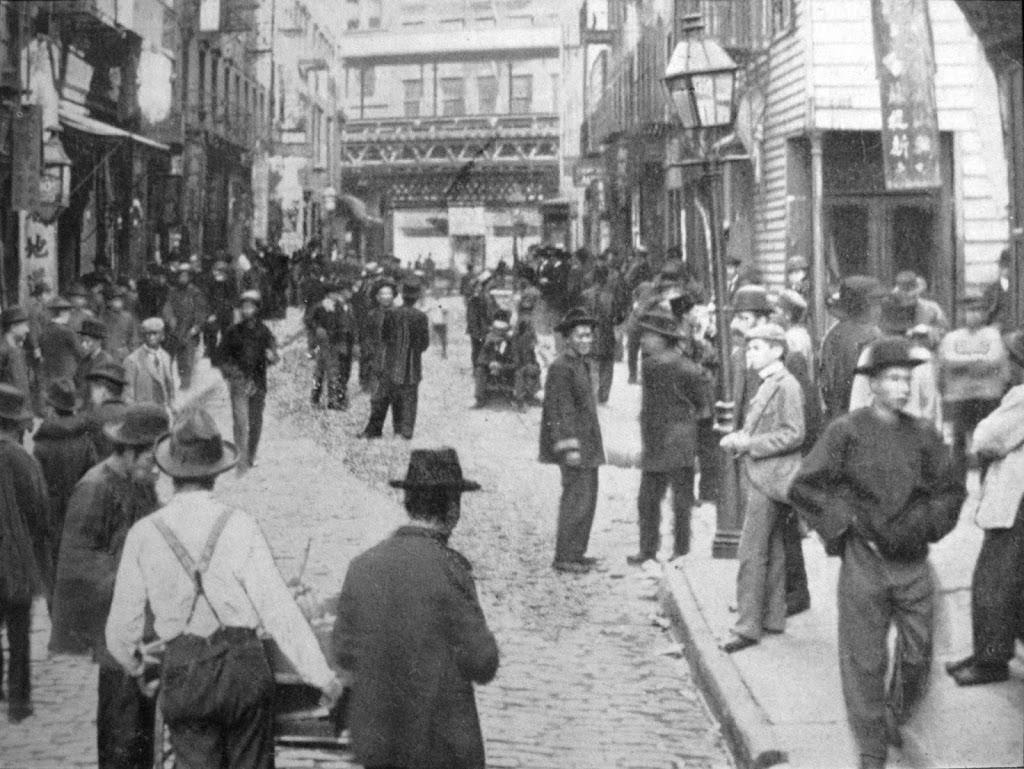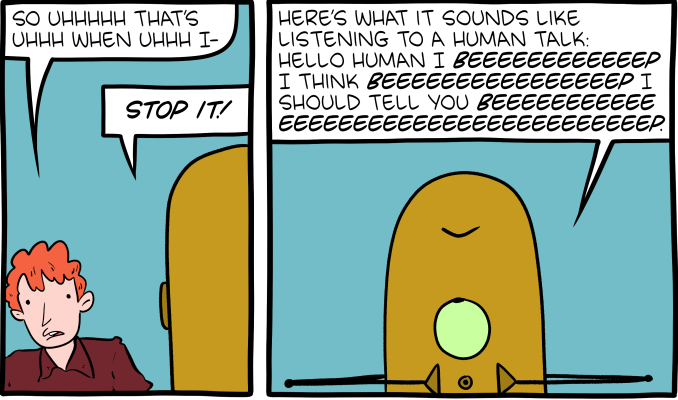Moth eyebrows: lectio difficilior et tertium comparationis
Dieter Maue, a specialist on Old Uyghur, Tocharian, Sanskrit, and Brahmi script, wrote to ask:
The simile 'like the moon of the third day' (tertium comparationis: delicate, graceful; curved (eyebrows)) is currently occupying my mind. Attested in Tocharian A and in Uigur, it sounds, but it doesn't seem to be, Indian.
Tentatively I have translated Uig. üč yaŋıdakı ay täŋri ‘third day’s moon god’ into Chinese word for word; but sān rì yuè 三日月("moon of the third day") is not found in the dictionaries. In the Chinese Tripitaka, there is just one suitable instance. Elsewhere, the moon of the third day seems to be called éméi yuè 蛾眉月 ("moth eyebrow moon" — only poetically?). According to Giles (ChinEnglDict s.no. 7714 ): “ éméi 蛾眉 moth eyebrows, – alluding to the delicate curved eye-markings of the silkworm moth … moth-eyebrows is used figuratively for a lovely girl. Also wrongly explained as referring to the small curved antennæ of the silkworm moth. Éméi yuè 蛾眉月‚ the crescent moon’. “ The antennae of Bombyx mori are clearly visible, while I cannot find anything which corresponds to the “eye-markings”. Do you have an idea how to solve the problem?
Read the rest of this entry »


